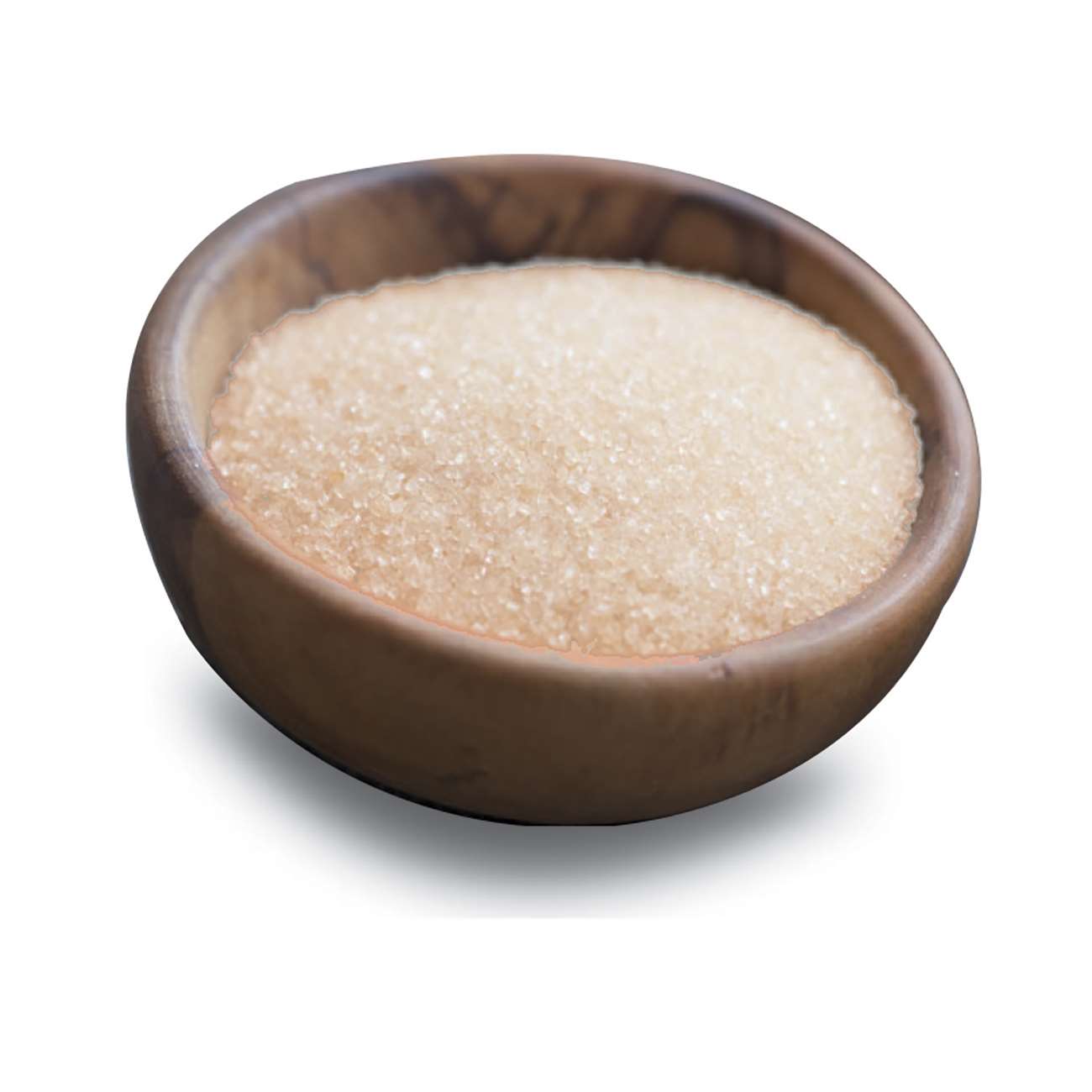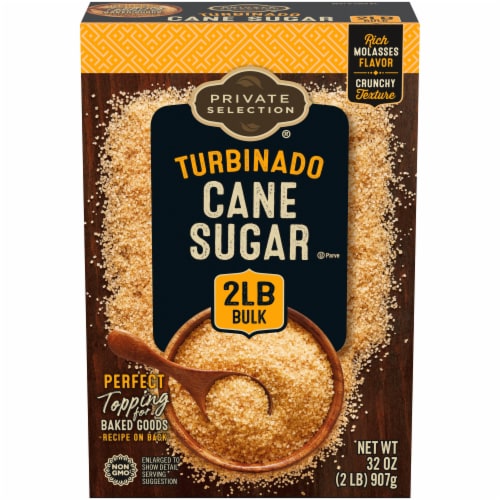Cane Sugar Processing: Innovative Techniques for Top Quality Manufacturing
Cane Sugar Processing: Innovative Techniques for Top Quality Manufacturing
Blog Article
An Extensive Overview to the Environmental Influence and Sustainability Practices in Walking Stick Sugar Processing
The environmental influence of walking stick sugar handling presents a complicated array of challenges that warrant cautious exam. From soil deterioration and extreme water use to the carbon impact connected with cultivation and production, the repercussions of conventional techniques are significant. On the other hand, the fostering of ingenious sustainability actions uses a pathway toward much more liable manufacturing techniques. Recognizing the interplay between these problems is crucial for stakeholders in the sector. What details practices can be carried out to strike an equilibrium between performance and ecological stewardship? The solutions depend on a closer take a look at both the challenges and potential remedies.
Overview of Cane Sugar Handling
Walking cane sugar handling includes a collection of organized steps that change sugarcane right into polished sugar. Initially, harvested sugarcane is carried to processing facilities, where it undertakes cleaning up to get rid of soil and particles. Following this, the walking stick is squashed to draw out juice, which is after that clarified by eliminating pollutants through heating and the addition of lime.
The made clear juice undergoes evaporation, where water is gotten rid of to concentrate the sugar web content. This concentrated syrup is then taken shape via cooling, enabling sugar crystals to create. These crystals are divided from the staying syrup making use of centrifugation, leading to raw sugar. To accomplish polished sugar, the raw item goes through more purification procedures, which may include filtering and cleaning to remove staying pollutants and color.
The last item is then dried and packaged for distribution. Throughout this whole procedure, preserving efficiency and quality assurance is vital to ensure the sugar fulfills sector requirements. Each action in cane sugar handling not just adds to the final item however likewise has ramifications for resource use and waste generation, setting the stage for conversations on sustainability and ecological impacts related to sugar manufacturing.
Environmental Challenges of Production
The production of walking stick sugar presents several substantial ecological obstacles that warrant attention. One main worry is the considerable use agrochemicals, consisting of fertilizers and chemicals, which can bring about dirt destruction, biodiversity loss, and contamination of local water resources. The overflow from sugarcane fields frequently lugs these chemicals into close-by communities, disrupting aquatic life and impacting the wellness of communities reliant on these water bodies.
Another difficulty is the high power consumption connected with sugarcane processing. The boiling and refining stages need significant heat, mostly produced by burning nonrenewable fuel sources, adding to greenhouse gas exhausts. Furthermore, the large land location needed for sugarcane cultivation can cause logging and environment damage, more intensifying environment adjustment and threatening wildlife.
Moreover, the labor techniques in some areas raise moral problems, as employees may encounter bad working conditions and poor earnings. This scenario often bolsters a cycle of hardship in local areas. Cane Sugar Processing. Attending to these environmental challenges is essential for developing much more lasting methods in walking stick sugar manufacturing, ultimately profiting both the atmosphere and the areas associated with this sector
Water and Land Usage Impact
Water resources and land usage are important parts in the walking stick sugar market that significantly influence the environment. The cultivation of sugarcane calls for considerable water input, with estimates recommending that it can eat up to 2,000 liters of water per kilo of sugar generated. This extensive use water typically brings about depletion of neighborhood water resources, impacting not only the sugarcane ranches yet likewise surrounding ecological communities and areas that rely upon the very same water resources for agriculture Resources and domestic use.

In addition, land usage for sugarcane farming can cause deforestation and the conversion of natural environments into monoculture ranches. This technique reduces biodiversity, interrupts neighborhood environments, and adds to dirt deterioration. The expansion of sugarcane fields typically intrudes on important farming land, developing competitors for resources in between food and biofuel manufacturing.
Sustainable practices, such as enhancing watering techniques and carrying out crop rotation, are crucial to mitigate these impacts. By taking on a lot more efficient water usage and land management methods, the cane sugar sector can lower its environmental footprint, making certain an equilibrium in between agricultural efficiency and environmental preservation.
Greenhouse Gas Emissions
Greenhouse gas discharges stand for a substantial ecological worry within the walking stick sugar handling sector, especially as farming techniques increase to meet international demand. The farming of sugarcane, a plant that prospers in exotic environments, counts heavily on artificial fertilizers and pesticides, which contribute to nitrous oxide exhausts. Furthermore, land-use modifications, consisting of deforestation for new sugarcane haciendas, release carbon dioxide stored in plants and dirt.
During processing, energy intake is another major resource of greenhouse gas emissions - Cane Sugar Processing. Several sugar mills use nonrenewable fuel sources to power equipment and generate warmth, leading to considerable carbon impacts. Moreover, the transport of raw sugarcane and ended up products adds layers of exhausts with gas combustion in cars
The advancing impact of these emissions aggravates climate adjustment, presenting dangers not just to the setting yet additionally to the More Help lasting practicality of the industry. Stakeholders must identify the immediate demand for detailed methods that attend to these emissions. This entails reviewing existing agricultural methods, refining techniques, and transportation systems to recognize areas for renovation and reduction. Resolving greenhouse gas emissions is essential for cultivating an extra sustainable walking stick sugar sector in a transforming environment.

Sustainable Practices and Innovations
Lasting techniques and technologies are progressively important in the walking stick sugar processing market as stakeholders look for to minimize environmental influences while keeping efficiency. One considerable improvement is the execution of integrated crop administration, which maximizes resource use by integrating dirt monitoring, pest control, and plant rotation strategies. This method improves yield while minimizing chemical inputs and maintaining dirt wellness.
Moreover, the adoption of sustainable energy resources, such as biomass from sugarcane deposits, has actually obtained grip - Cane Sugar Processing. By transforming waste items right into power, refining centers can minimize their dependence on nonrenewable fuel sources, consequently reducing greenhouse gas exhausts
Water administration techniques have likewise seen enhancements via the recycling and reusing of water in handling plants, dramatically decreasing freshwater intake. Advancements in modern technology, such as precision agriculture, enable farmers to keep track of crop wellness and source usage better, guaranteeing lasting farming practices.
In addition, certification programs like Fair Trade and Rain forest Partnership encourage eco accountable farming practices and promote social equity within the supply chain. By welcoming these sustainable methods and innovations, the walking cane sugar handling sector can boost its strength and contribute positively to environmental stewardship.
Final Thought
The environmental effect of walking cane sugar processing provides considerable challenges, including soil degradation, high water consumption, and greenhouse gas discharges, along with ethical problems associated with labor techniques. Attending to these issues via lasting methods, such as incorporated crop monitoring, renewable resource adoption, and water recycling, is crucial. By advertising eco responsible and socially equitable techniques in sugar production, the check these guys out industry can minimize its negative effects, guaranteeing an extra lasting future for both environments and neighborhoods entailed in this sector.
Walking cane sugar processing includes a collection of organized actions that transform sugarcane right into polished sugar. Each step in cane sugar handling not only adds to the last product but additionally has implications for resource usage and waste generation, establishing the stage for conversations on sustainability and environmental effects linked with sugar manufacturing.
Greenhouse gas discharges stand for a substantial environmental worry within the cane sugar handling sector, especially as farming practices increase to satisfy global demand.Lasting methods and advancements are progressively essential in the walking stick sugar handling sector as stakeholders seek to reduce environmental impacts while keeping productivity.The environmental impact of walking cane sugar handling presents considerable obstacles, consisting of soil degradation, high water consumption, and greenhouse gas emissions, along with moral concerns related to labor practices.
Report this page